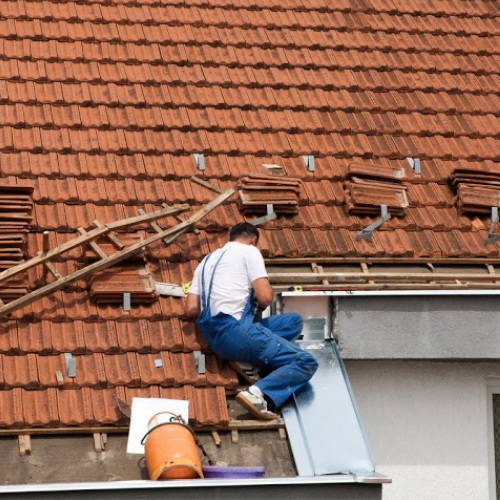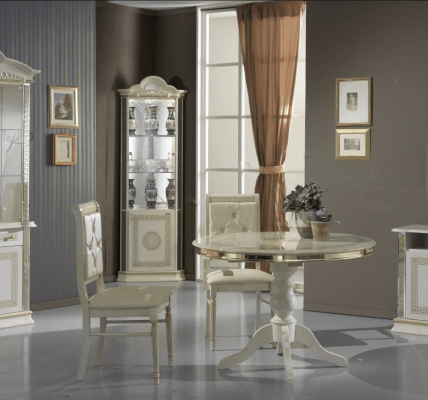Let’s face it, Melbourne’s weather can be a real roof wrecker. From scorching summers to wild windstorms, your roof takes a beating. So, when those telltale signs of wear and tear pop up, like missing tiles or rusty gutters, the question on everyone’s mind are: how much will it cost to fix this?
While there’s no one-size-fits-all answer, this guide will shed some light on the ballpark figures for roof restoration in Melbourne. We’ll delve into why restoration might be the best option for you, the different types of restorations, the benefits you can expect, and the steps involved in the process. Finally, we’ll answer some frequently asked questions to help you make an informed decision.
Why Choose Roof Restoration Over Replacement?
Before diving into costs, let’s understand why restoring your roof might be a smarter choice than a complete replacement. Here’s the deal:
Cost-Effective: Restoration is generally significantly cheaper than a full roof replacement. You’re essentially breathing new life into an existing structure, saving a significant chunk of money.
Environmentally Friendly: Replacing a roof creates a lot of waste. Restoration reuses the existing roof framework, minimizing environmental impact.
Quicker Process: Restoration projects typically take less time to complete compared to a full replacement. This means less disruption to your daily life.
Types of Roof Restoration in Melbourne
The cost of your restoration will depend on the type of roof you have and the extent of the damage. Here’s a breakdown of the most common roof restoration projects in Melbourne:
Terracotta Tile Roof Restoration: This is a popular choice for older Melbourne homes. Restoration involves replacing broken or cracked tiles, repointing ridges, high-pressure cleaning, and applying a protective sealant.
Colorbond Roof Restoration: This lightweight steel roofing is known for its durability. Restoration typically involves cleaning; minor repairs to sheets and flashings, and a complete repaint with a special anti-corrosion coating.
Concrete Tile Roof Restoration: These roofs are known for their longevity. Restoration usually involves replacing damaged tiles, repointing ridges, and applying specialized roof paint.
Benefits of Roof Restoration in Melbourne
Investing in roof restoration in Melbourne offers a multitude of benefits:
Extended Roof Lifespan: A well-restored roof can last for an additional 10-20 years, saving you money in the long run.
Improved Aesthetics: A restored roof will enhance the look and curb appeal of your property.
Enhanced Protection: Restoration addresses existing damage and prevents further leaks or water ingress, protecting your home from the elements.
Increased Energy Efficiency: A properly sealed and coated roof can help regulate your home’s temperature, potentially lowering your energy bills.
Steps Involved in a Roof Restoration Project in Melbourne
Here’s a simplified breakdown of the roof restoration process in Melbourne:
Inspection: A qualified roofer will inspect your roof to assess the extent of the damage and recommend the best course of action.
Quote: Once the inspection is complete, the roofer will provide you with a detailed quote outlining the scope of work and the estimated cost.
Preparation: The work area will be prepped to ensure safety and minimize mess.
Restoration: The specific restoration work will be carried out based on your roof type and the recommendations in the quote.
Clean Up: The work area will be thoroughly cleaned, and all debris will be removed.
Conclusion
Now for the big question: the cost! As mentioned earlier, there’s no single answer.
Terracotta Tile Roof Restoration: Expect to pay anywhere from $3,000 to $8,000 depending on the size and condition of your roof.
Colorbond Roof Restoration: This is typically less expensive than terracotta, ranging from $2,000 to $5,000.
Concrete Tile Roof Restoration: Costs can fall between $2,500 and $6,000 depending on the project’s specifics.
Remember: These are just estimates. The final cost will depend on several factors, including:
Size of your roof: Bigger roofs naturally cost more to restore.
Type of restoration required: The extent of the damage will influence the cost.
Materials used: High-quality materials will cost more than budget options.
Accessibility of your roof: Roofs that are difficult to access might require additional labor, increasing the cost.




